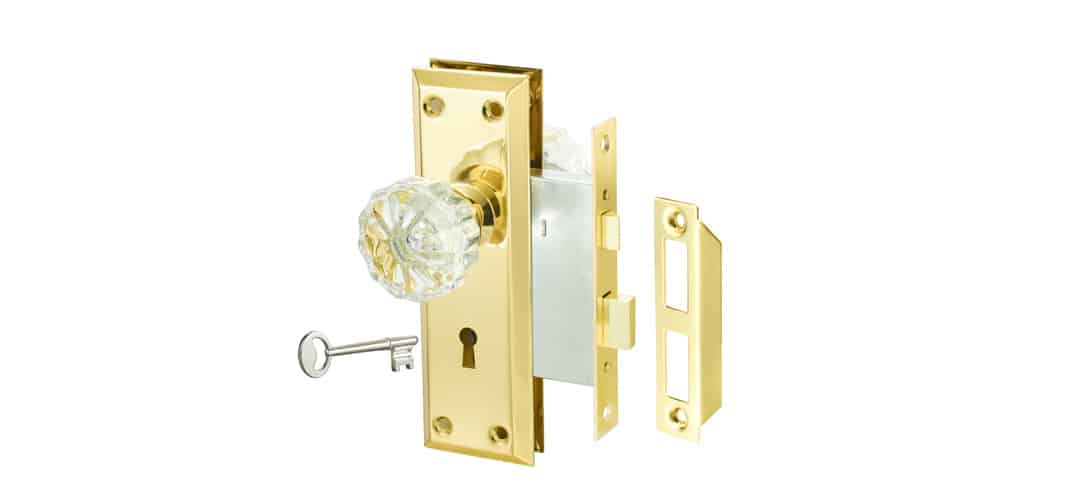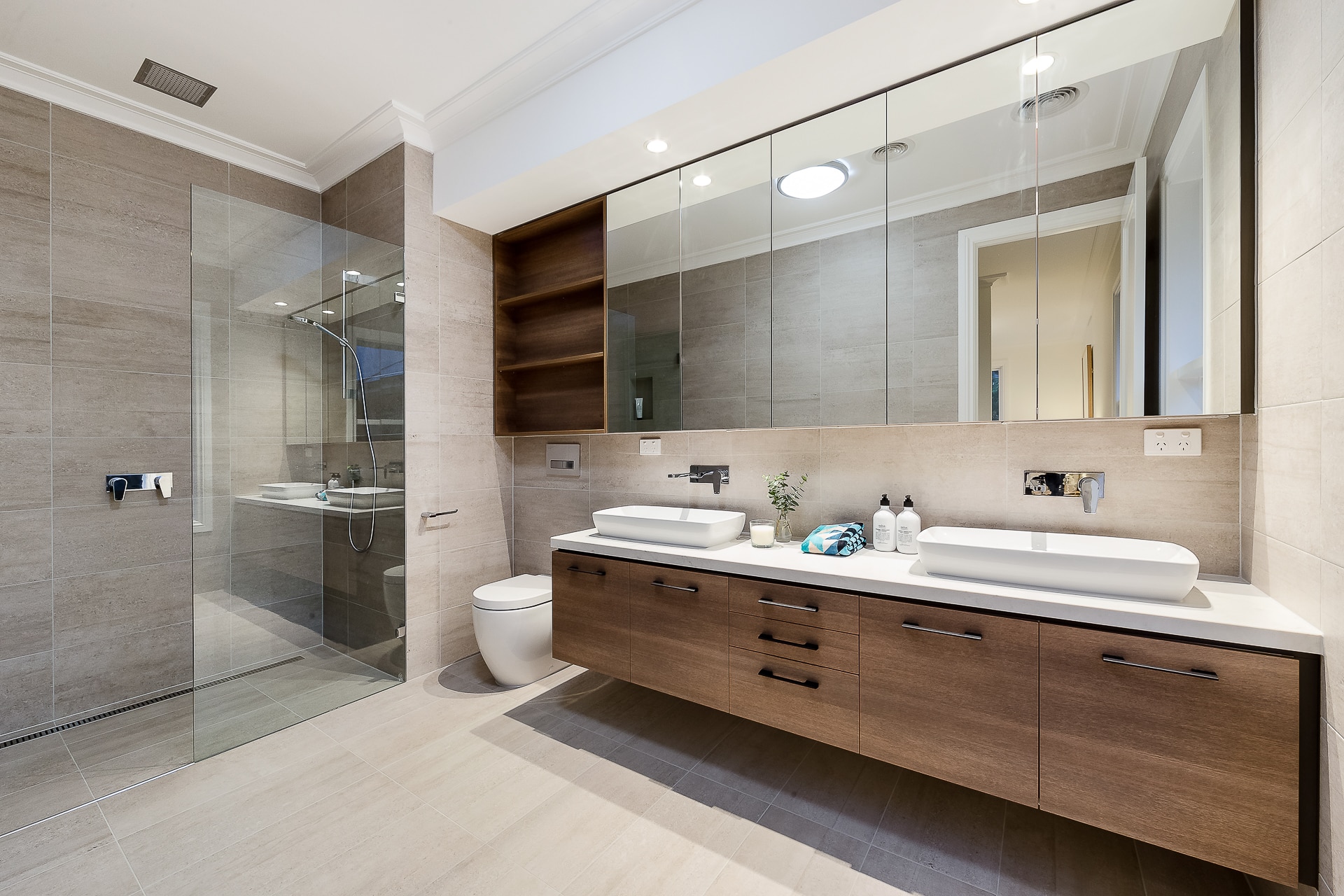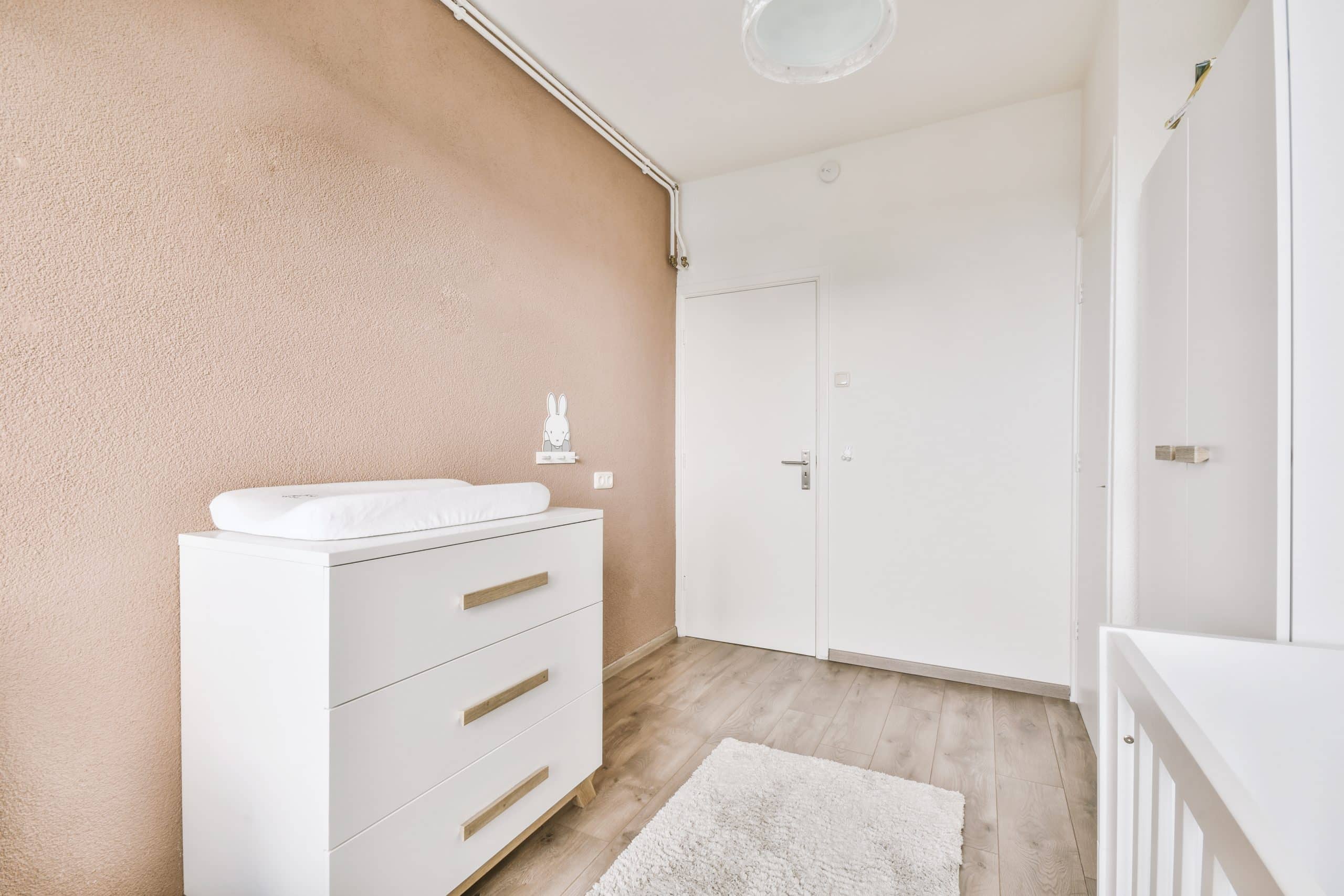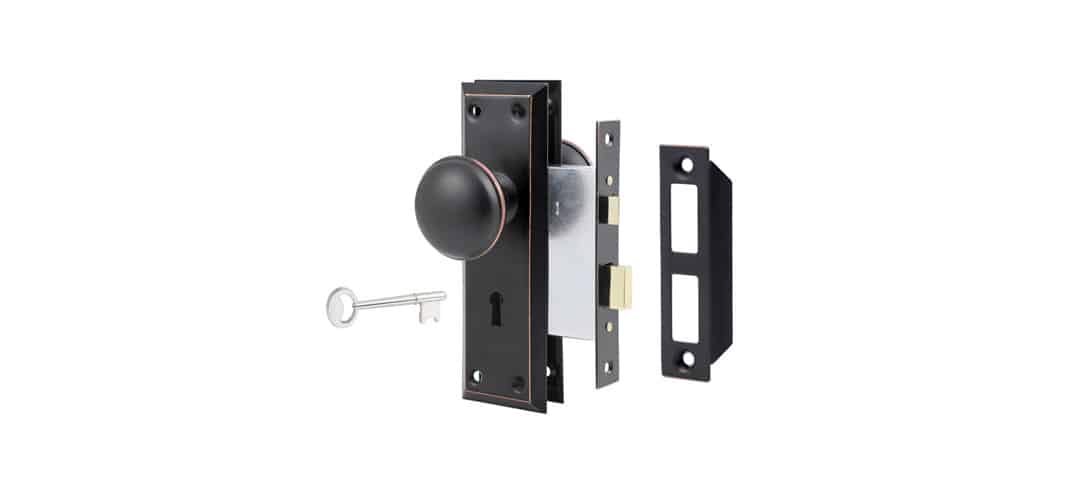
Mortise
A mortise is a sort of joint that requires cutting a hollow or slot to receive a tenon, resulting in a secure and long-lasting connection between the two pieces. Doors, windows, furniture, and picture frames are often built using mortise joints, and there are many types to choose from.
What Are Mortise Used for?
A mortise is a hollow or rectangular groove cut or carved on wood, metal, or other materials. They have different uses based on their applications and can be used in woodworking, metal processing, construction, and other fields.




Advantages of Mortise?
Strength and Stability
The mortise and tenon structure is particularly famous for its strength and stability. If made properly, these joints will create a large surface area for glue or other adhesives, forming a sturdy connection that can withstand considerable pressure and load-bearing requirements.
Clean and beautiful
Mortises can be designed to be flush with the surface of the workpiece, creating a clean and seamless appearance. This is particularly ideal in fine woodworking and furniture manufacturing where aesthetics are crucial.
Durable Connection
Mortises are often more durable than other types of joinery products (such as screws or nails), and over time, these joinery products will weaken due to vibration or changes in temperature and humidity.
Accurate alignment
The production of Mortise is precise, ensuring perfect fitting of components. This precise alignment is particularly important for applications such as door frames, where hinges and locks must be accurately positioned.
Versatility
Mortises can be used for various materials, including wood, metal, and plastic. This versatility makes them suitable for a wide range of applications in different industries.
Long lifespan
If the Mortise structure is well constructed and maintained, it can be passed down from generation to generation. This makes them the preferred choice for heirloom quality furniture and architectural elements.
FAQs for Mortise
Quality mortise should be purchased after careful consideration of the material, manufacturer, and price. Finding a reliable and cost-effective provider is possible via research into evaluations and discussions with experts. In woodworking, a high-quality mortise may provide a robust and long-lasting joint.
To make sure the joint works well for your purposes, it’s best to choose and create a bespoke mortise. The mortise may need to be fabricated in a specific size, shape, or material. If you want peace of mind that your custom mortise will be of excellent quality and exactly what you need, it’s best to work with a skilled carpenter or woodworker.
Mortises may be made from wood, metal, or plastic, each with pros and cons.
Wood mortises are affordable and easy to install, although they may be weaker than metal ones.
Metal mortises are durable but expensive and difficult to install.
Plastic mortises are lightweight and easy to install, however, they may not endure as long as metal or wooden ones.
It is essential to take into account the common type, material, and design specifications when selecting the appropriate mortise. Here are some important things to keep in mind while you shop for a mortise:
1. Joint Type
What kind of mortise you’ll need depends on the sort of joint you’re trying to make. An open mortise might be used, for instance, to form a straightforward junction between two pieces of wood. A closed mortise may be necessary if you need a more complicated connection, such as a hidden joint.
2. Material
A broad range of materials, including wood, metal, plastic, and others, may be used to make mortises. The cost, necessary strength and durability, and desired visual effect will all play a role in determining which material is best for your project.
3. Size and Strength
The joint’s load and stress determine the mortise’s depth and breadth. Heavy-load joints may need a larger mortise.
4. Design Requirements
The size and form of a mortise may be customized to meet your precise needs. Think of any curves or angles in the design that would call for a unique mortise cut.
5. Consult with a Professional
Talk to a skilled carpenter or woodworker if you need help deciding on a mortise. They are able to provide guidance and suggest the most appropriate mortise for your work.
Different mortise forms and kinds provide different functions in various contexts. Some typical examples of mortises are shown below.
1. Open Mortise
A mortise that can be seen from both sides is called an open mortise. Its most typical use is in linking rails and stiles, but it also has ornamental potential.
2. Closed Mortise
The mortise in a closed joint is unseen from either side of the assembly. Its most typical use is in hidden joints, where it helps create a uniform appearance in woodworking.
3. Through Mortise
When a mortise is cut all the way through a piece of wood, it is called a through mortise. It is often utilized for strong connections, such as those found in wood framing.
4. Blind Mortise
When a mortise is not drilled all the way through the wood, it is called a blind mortise. It is often utilized for joints that need to be hidden.
5. Haunched Mortise
In contrast to the closed mortise, the haunched mortise features an extension, or “haunch,” that protrudes beyond the mortise joint. Used often for joints that need more strength, it may be a great complement to any woodworking project.
Product Support

Support
After-sale support and services for your drone

Guide
Teach you how to install shinyhandles cabinet hardware
Request Information
SHINYHANDLE
Shinyhandles is a Chinese company that specializes in producing high-quality knobs and handles in modern and classical designs. Our product range includes crystal handles, door handles, locks, and handles made of materials such as marble, leather, and wood. With large production volumes, we offer competitive prices without compromising on quality or service.
Contact
- support@shinyhandles.com
- +86-136-0572-6171
- Building C, No. 717 Hongye Avenue, Pujiang County.Zhejiang Province ,China

